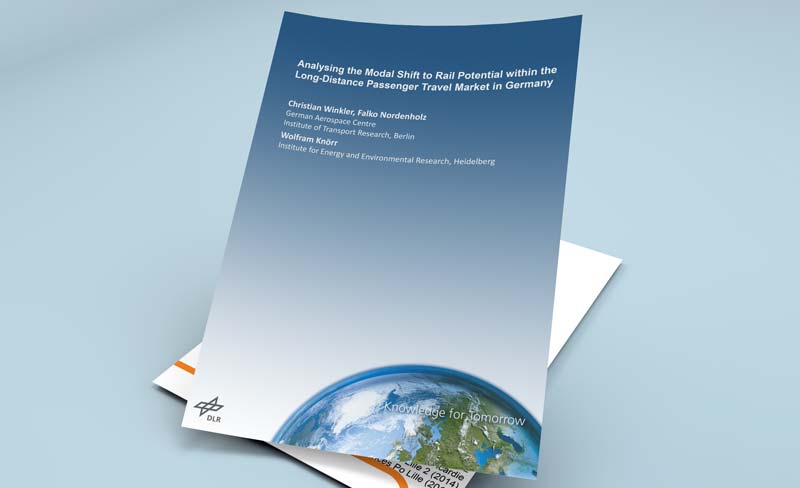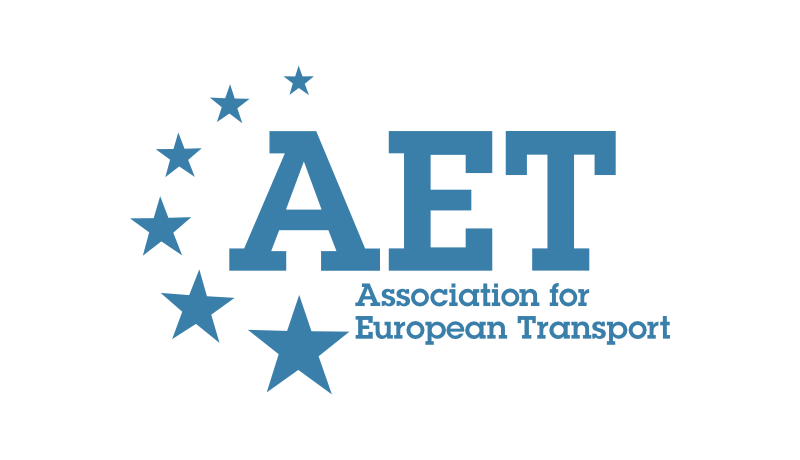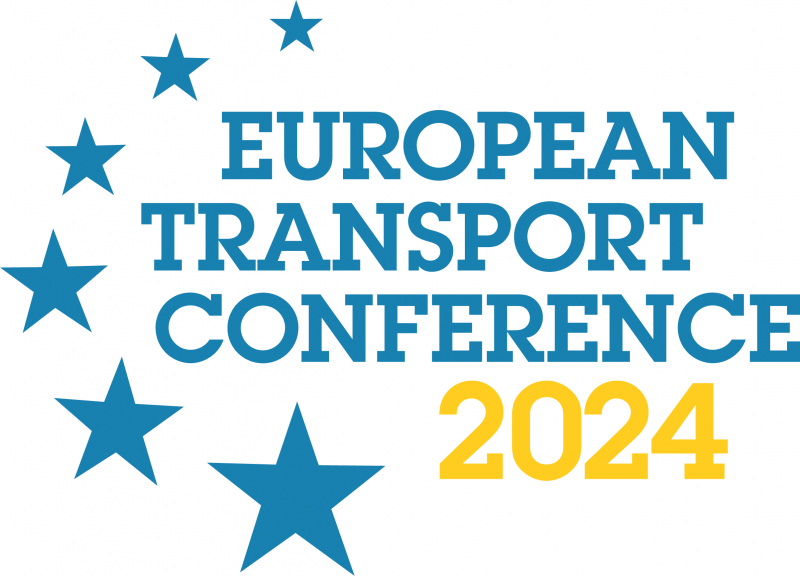-
Past ETC Papers

Browse, search and view papers from the past AET Conferences.
-
Members' Area

AET promotes networking and exchange of ideas, information and opportunities amongst members.
Conference Papers 2017
Barcelona, Spain
ETC Conference Papers 2017
Field tests and pilot projects as supportive instrument to foster the market deployment of mobility innovations – The Cargo Bike Case.
Seminar
Day 2 (5 Oct 2017), Session 5, Cargo Bikes in Urban Logistics, 12:00 - 14:00
Status
Accepted, documents submitted
Submitted by / Abstract owner
Sebastian Scheler
Authors
Lea Heinrich, Zeppelin University, Wolfgang H. Schulz, Zeppelin University
Short abstract
The presented study provides an application methodology that demonstrates the suitability of test projects and field tests as instrument for the market deployment of disruptive and new technologies based on the results of a cargo bike trial project.
Abstract
Political goal settings related to sustainable development and zero emission goals in the transport segment, just as a comprehensive market deployment of electric vehicles with a 2020 horizon, often miscarry when it comes to user acceptance. Radical changes and disruptive innovations that are expected to negatively affect individual’s mobility comfort level (related to ease of use and perceived usefulness) therefore are difficult to accomplish, even if the change in mobility behavior and modal choice is incentivized with monetary and regulatory compensations. The lack of acceptance in this context not only affects the pressure on politicians, city planners and municipalities to intensify their sustainability strategies and measures. The manufacturing industry and transport services are as well is exposed to the high innovation pressure and fleet optimization generated by continuously sharpened CO2-emmission standards. The European Commission (EC) has a special focus on the transformation of urban transport networks. Therefore, the EC decided to promote cycling and thus, to open the way for a radical change in mobility behavior and modal choice. Within the meeting of the EU Transport Ministers on October 7th 2015, cycling officially is assumed to be a sustainable mode with high potentials for resources efficiency, minimization of the transport system’s impact on the environment and improving transport fluidity. The cargo bike as a special freight-oriented bicycle type thus has been nominated as a transport mode worth funding on EU policy level to improve the overall traffic situation and the realization of sustainability goals with special focus on urban traffic.
Also transport operators, express and parcel services got notion of this promising alternative, which makes the cargo bike segment attractive for new entrants. The manufacturing industry however remains in the wait and see position, as the demand on the customer side is difficult to forecast. In a car-dominated environment, the cargo bike as alternative mode for urban transport still lacks in user acceptance due to the comfort restrictions in combination with the perception of disproportionate financial investments. In addition, the potentials and benefits of cargo bike usage for private and commercial transports by now are not visible to individuals, as the advantages can only be experienced by active usage of the vehicle. Therefore, trial offers and field tests that offer the chance to test the vehicle without any financial and personal commitment may offer the chance to convince potential users to frequently use or even purchase the vehicle.
As the authors coordinated a cargo bike project that aimed to identify the potentials of cargo bikes as alternative mode for commercial urban transports, the benefits as well as the critical impact factors related to implementation measures as well as user acceptance could be identified. The core activities within the project focused on the conduction of a field test where seven local business owners and retailers from different business areas tested a cargo bike prototype for a period of seven month. The field test was accompanied by a comprehensive status quo and pestle analysis to identify the major impact factors on the adoption process. Due to technical deficits and inadequate model fit together with existing business model and usage concepts assessment, a substantial set of measures and business models that foster the adoption likelihood could be derived. Besides the critical impact factor identification, a cost-benefit-analysis allowed to forecast and quantify the contribution potentials of cargo bike concept implementation.
Based on these findings, the authors were able to verify the potentials of cargo bikes on the user, industry and economic level. Furthermore, the usage-related technology barriers gave valuable information for the cargo-bike manufacturing industry and retail regarding necessary product adoption and development as well as the need for improved consultancy activities. By transferring the results of the exemplary project to allover contribution potentials of field tests, the presented study delivers a set of measures that is generally applicable for innovative idea implementation and increasing the market deployment potentials for new technologies. The representative findings of the cargo bike project will be transferred to general applicability for supporting the diffusion of disruptive and new technologies in the field of mobility and beyond.
Documents:

Association For
European Transport
Forester House
Doctors Lane
Henley-in-Arden
Warwickshire, UK
B95 5AW
+44 (0) 15 64 793552
VAT number: 710 1866 64
Conference Supporters & Endorsers




Legal Entity
The Association for European Transport is registered as an Association ('vereniging') with the Chamber of Commerce for Haaglanden in The Netherlands under company number 27170096.
Built on Zenario




